New full-mission ice navigation simulator is installed at the Makarov Training Centre
Makarov Training Centre has completed installation of the brand new full-mission ice navigation simulator at its premises in St. Petersburg.
«The new simulator is intended to improve the ship crews’ skills in handling heavy-tonnage vessels and vessels with specific maneuvering characteristics both at sea and inland waters. It ensures maximum realism and ships’ crew training efficiency in handling a vessel in polar waters in accordance with the requirements of Chapter 12 of the International Polar Code and Regulation V/4 of the STCW Convention as amended. Having implemented the project, the University has confirmed and strengthened its status as an industry leader», – Professor Sergey Baryshnikov, the rector of the University, stressed at the opening ceremony.
The ice navigation simulator at Makarov Training Centre consists of 5 navigation bridges in one network, it enables efficient navigation training on different types of ships with various maneuvering and inertial peculiarities, provides different types of rudder propellers and vessel control, augments conditions like ice interaction with the ship’s hull. Special attention is paid to modeling ARC 4 and ARC 7 ice-class vessels navigation, equipped with azipods and steering gears for training purposes and developing recommendations on ship handling as draft regulations for the Russian ice-infested waters and ports under construction.
The new installation will allow the University to flexibly respond to the requirements of shipping and crewing companies on efficient personnel’s training for the Arctic development.
«The new ice navigation simulator will expand the capacity of our joint ice navigation training complex at the Krylov State Scientific Centre which includes 6 bridges», – Sergey Aysinov, director of the Professional Development Programmes Institute at AMSUMIS, said. – «Thus, when using both simulators, it will be possible to train up to 33 navigators simultaneously». He also admits that this figure looks very impressive, a few training providers in the world have such possibilities.
Note that: The Arctic has a huge potential of opportunities for the world trade and shipping. The Northern Sea Route is of great logistical importance, through which goods can be transported from Europe to Asia and back with time advantages. Although the Northern Sea Route is more expensive than traditional southern ones due to icebreaking pilotage and severe weather conditions, progress in shipping technologies as well as global climate warming may change the situation dramatically. In the coming years, the total volume of cargo transportation on the Northern Sea Route may reach 70 million tons per year. The growing number of newbuilding icebreakers and ice-class vessels will ensure continuous year-round navigation along the route.
The growing arctic traffic will increase navigational risks and will put «ice competencies» of the crews to be employed to the top of ship owners and fleet operators to-do list.
General Information:
Admiral Makarov State University of Maritime and Inland Shipping (AMSUMIS) is the largest maritime university in Russia. It includes the Arctic Faculty covering hydrographers training to work on the Northern Sea Route. The only educational institution in the Russian Federation trains specialists to work on civil ships with nuclear power plants.
Professional Development Programmes Institute is a division of AMSUMIS that provides a wide range of advanced short courses. It has set up Arctic Maritime Competences Centre for civil nuclear icebreaker crews training. The Makarov Training Centre of the University is the first training centre in the world that has received international approval for ship crews training in compliance with the International Polar Code. Since 2003, more than 3,500 seafarers from more than 20 countries of the world have been trained on ice navigation programmes at the Makarov Training Centre.



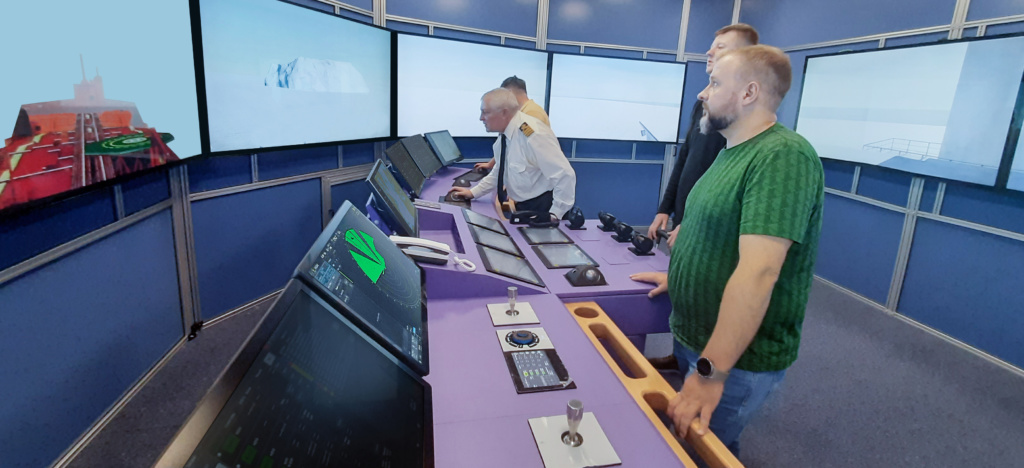
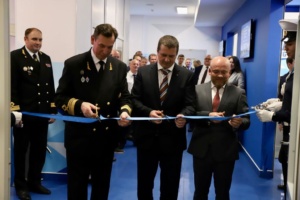
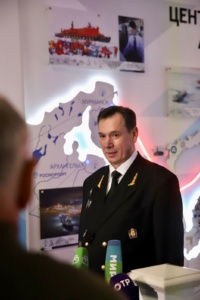
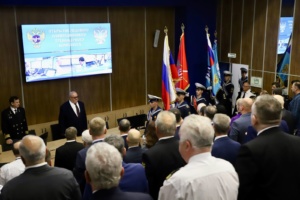
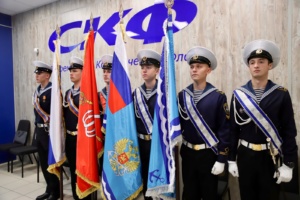
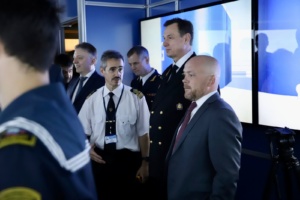
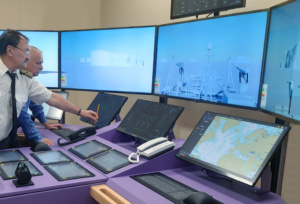

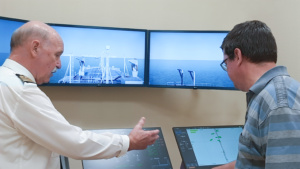
8(812)444-00-04